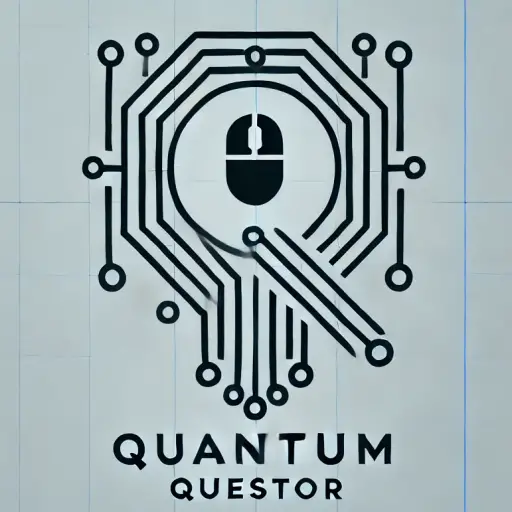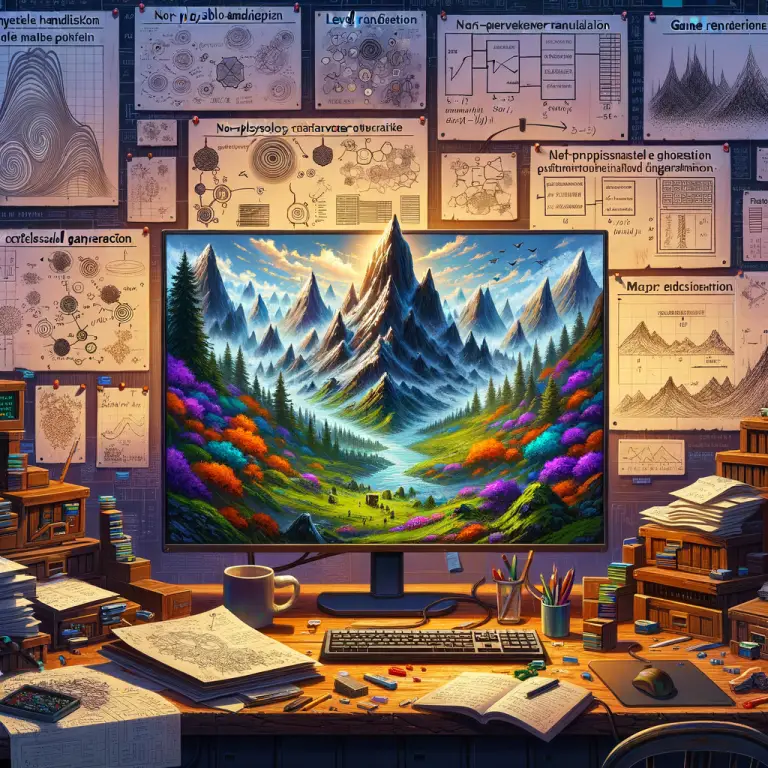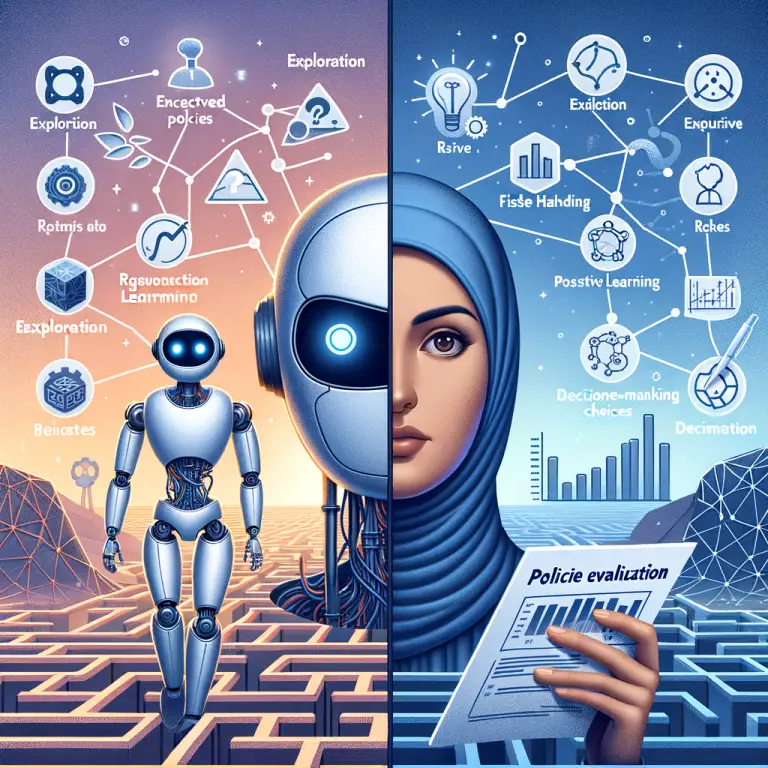A Practical Guide to Software Architecture
“Software architecture is the art of long-term thinking under short-term pressure.”
These 42 lessons are drawn not from one philosophy, but from the frontlines of real systems: the crashes, the rewrites, the awkward standups, and the 3AM incident reports.
I. Foundations of Architecture
- Start with the problem, not the pattern.
- Design for clarity before scale.
- Architecture is a conversation, not a command.
- The best system is the simplest one that works tomorrow.
- A good boundary today saves a team from burnout next year.
- Every abstraction is a bet. Make it count.
- If it’s hard to explain, it’s probably harder to change.
II. Distributed Systems & Infrastructure
- The network is unreliable. Design like you believe that.
- You will choose between consistency, availability, and sanity.
- The more systems you connect, the more you inherit their chaos.
- Latency lies in the shadows — measure everything.
- Failures cascade. Design breakpoints, not breakdowns.
- Logs are memory. Make them honest, useful, and searchable.
- High availability is a mindset, not a checkbox.
III. Domain Design & Structural Thinking
- Start with language. End with code.
- Code is easiest to change when it reflects how people think.
- Domain logic shouldn’t care about infrastructure.
- Every model leaks eventually. Choose where.
- Event flows reveal truth faster than static diagrams.
- Systems rot from the edges — watch your boundaries.
IV. Scalability & Performance
- Don’t scale what you haven’t proven.
- Throwing machines at a problem buys time — not insight.
- Performance is user experience. Not just numbers.
- Asynchronous isn’t a magic wand. It’s a design responsibility.
- The best cache is the one you don’t need.
- Measure before you optimize. Then measure again.
V. Operations, Monitoring & Reality Checks
- You don’t own it until you’ve been paged for it.
- Observability is your architecture’s confession.
- Alerts should be actionable, not ambient noise.
- No system is reliable without people who care.
- Incidents are the system telling you what matters. Listen.
- Recovery is as important as uptime.
VI. Team Dynamics & Decision-Making
- Good architecture scales teams, not just software.
- Decisions should outlive the people who made them.
- Consensus is good. But clarity is better.
- Make the cost of change visible. Then reduce it.
- Document why, not just what.
- The best designs are the ones others can extend without asking you.
VII. Growth, Reflection & Future-Proofing
- Refactoring is strategy, not housekeeping.
- The best system is one you’d still want to own in five years.
- Always leave room for what you didn’t anticipate.
- What you build reflects what you believe. Design with care.



